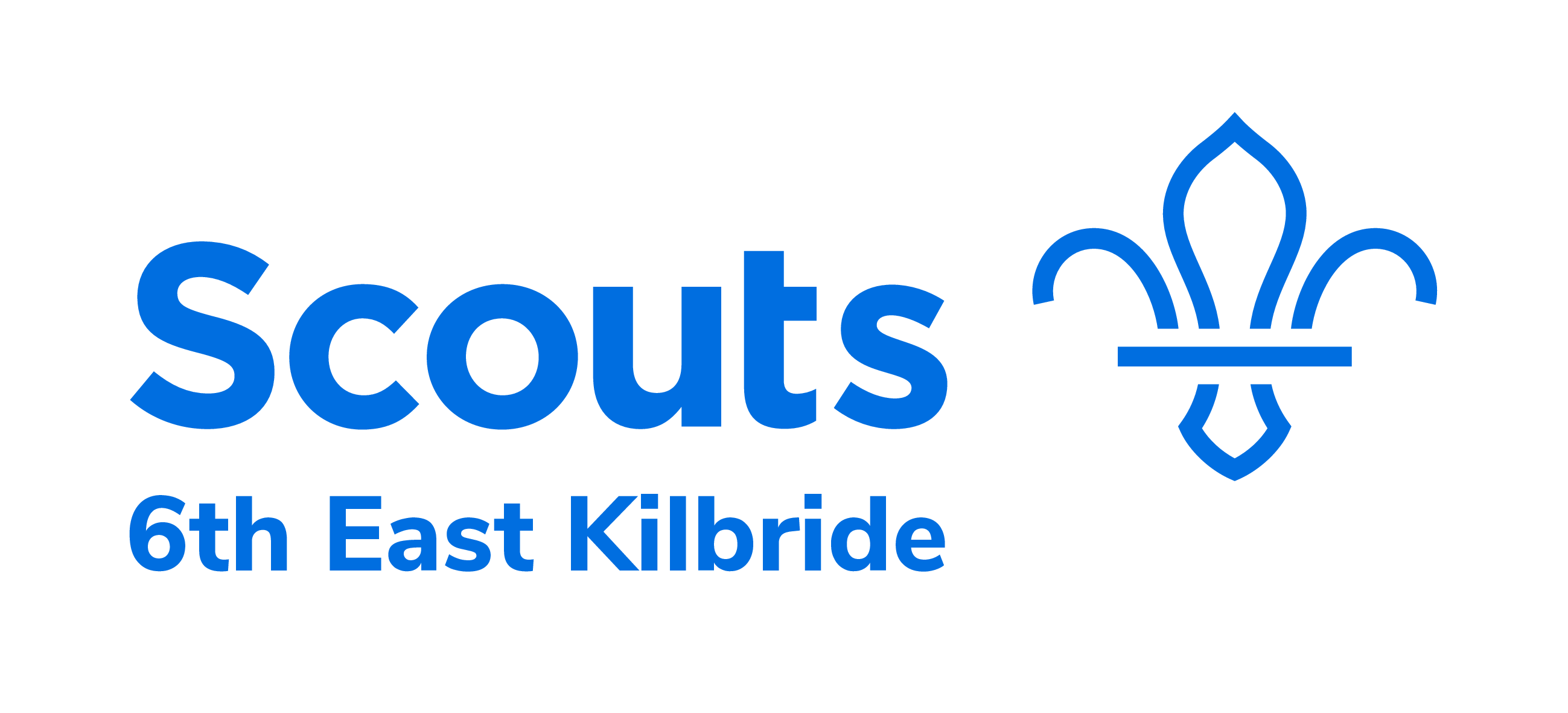For over a century, Scouts around the world have proudly worn a unique accessory – a ring of fabric that secures their neckerchief. But the question remains: is it a “toggle” or a “woggle”? This seemingly simple query has sparked friendly debates and playful arguments within Scout groups for generations. Let’s delve into the history and usage of this iconic piece to finally settle the score!
Origins and Evolution:
The woggle’s story begins in 1915. Tired of Scouts knotting their scarves, leaving them messy and uneven, Robert Baden-Powell, the founder of Scouting, sought a solution. He approved a leather ring designed by Percy Everett, and the “woggle” was born. The term, derived from “woggling,” aptly described the ring’s movement around the neckerchief.
However, not all countries embraced “woggle.” In the United States, the term “neckerchief slide” or simply “slide” gained popularity. Some regions within the UK also adopted “toggle,” possibly due to its resemblance to the sewing notion.
Official Stance and Global Variations:
Today, the World Organisation of the Scout Movement (WOSM) officially uses “woggle” in its documentation. However, they acknowledge regional variations and emphasise the importance of respecting local traditions.
This acceptance fosters diversity within the global Scouting community. In Australia, Scouts wear “woggles,” while in Canada, they use “slides.” New Zealand Scouts proudly sport “neckerchief rings,” and some US groups still hold onto “toggles.”
Beyond the Terminology:
Ultimately, the essence of the woggle lies not in its name, but in its symbolism. It represents unity, belonging, and the shared values of the Scouting movement. Whether called a “toggle,” “woggle,” “slide,” or anything else, it’s a badge of honour worn with pride by young people across the globe.
So, what’s the answer?
There’s no definitive verdict! Both “toggle” and “woggle” are historically valid and regionally accepted terms. Embrace the diverse vocabulary and celebrate the unifying spirit that the woggle represents, regardless of its name.
Perhaps the true magic of the woggle lies in its ability to spark curiosity, foster camaraderie, and unite young people through shared experiences, irrespective of terminology.
